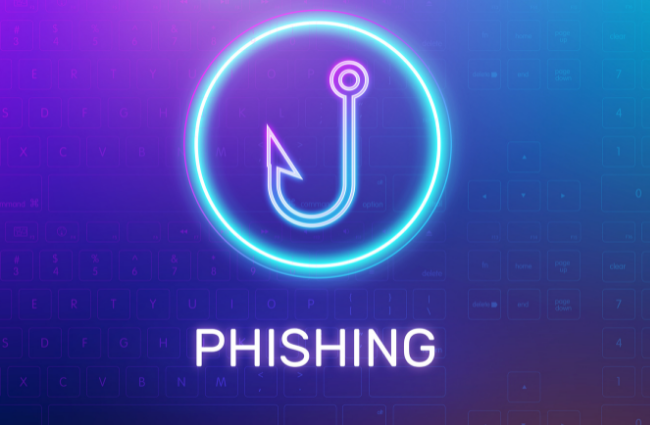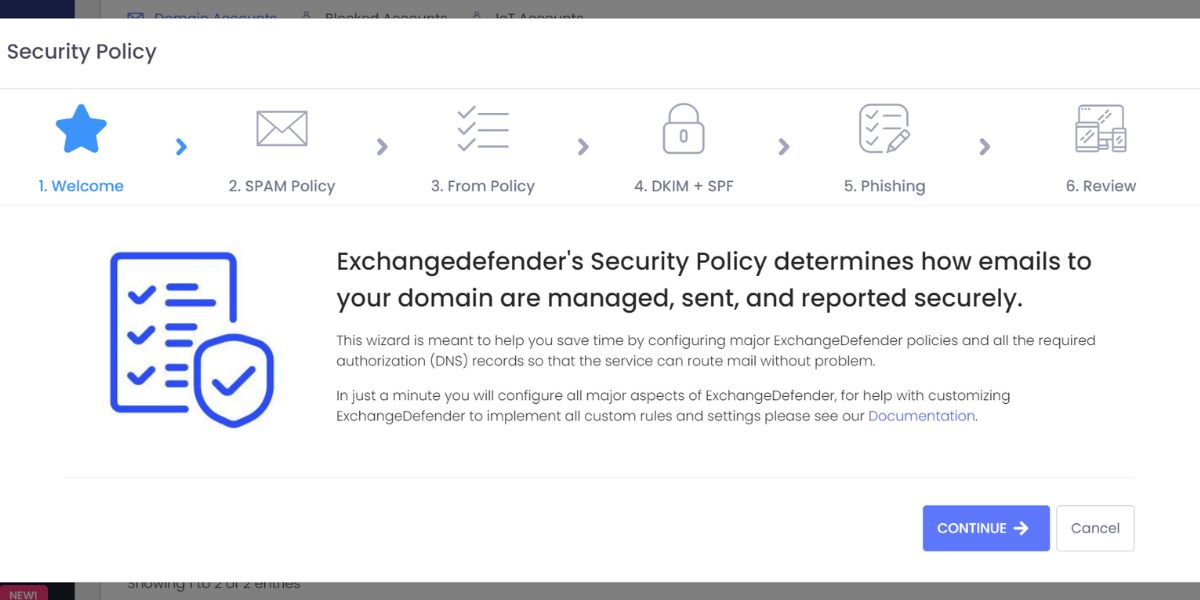What is Phishing? (a simple explanation)

According to recent reports from the FBI, Phishing has become the most common form of cyber attack in 2020 and 2021. Phishing is a method that hackers use to steal your sensitive information like usernames or passwords. It is most often used for identity theft, where cybercriminals send a phishing campaign (via email) to gain access to your bank accounts, personal information, and more.
The goal of a Phishing attack is to: gain credentials like bank pin numbers, usernames and passwords, gain personal data like your name, home address, and email, and also medical PHI information like treatment information and insurance claims.
Where does Phishing happen?
Approximately 96% of phishing attacks are delivered by email. In 2020, it was estimated that 1 in every 4,200 emails was a phishing email according to a Symantec report. To put the numbers in perspective, for ever 1 second of internet activity, 3.4 million emails are sent.
There are also fake websites, social media accounts, and phone calls that are used by criminals to try to steal lucrative information. Beware of these websites, always check for the lock sign in your URL, and make sure that the spelling is correct.
What does Phishing look like?
Inside of a Phishing email you’ll find a malicious link, that (when clicked) will transfer you to a fake website that will request your credentials in the form of “logging in”. Most phishing emails, when you look at the subject lines, you’ll find that the following keywords are present, like:
- Urgent
- Request
- Important
- Payment
- Attention
The email would appear to be from a brand that you trust, like Amazon, Microsoft, or Facebook. The email “from” address is not actually from the brand, but rather faked to appear like it is.
What happens when a Phishing attack has been successful?
2020 Phishing statistics show that about 90% of users cannot identify a sophisticated phishing email. It’s not because we’re dumb, its because the attacks are executed so well. It is becoming increasingly difficult for companies to secure their data because office workers are human, and humans make mistakes. After a successful phishing attack, about 60% of organizations lose their data, 50% are infected with ransomware and get their credentials or accounts stolen.
Need Phishing protection for your business? Keep your company and data safe with ExchangeDefender PRO!
Interested in learning more about Phishing protection, click here.

